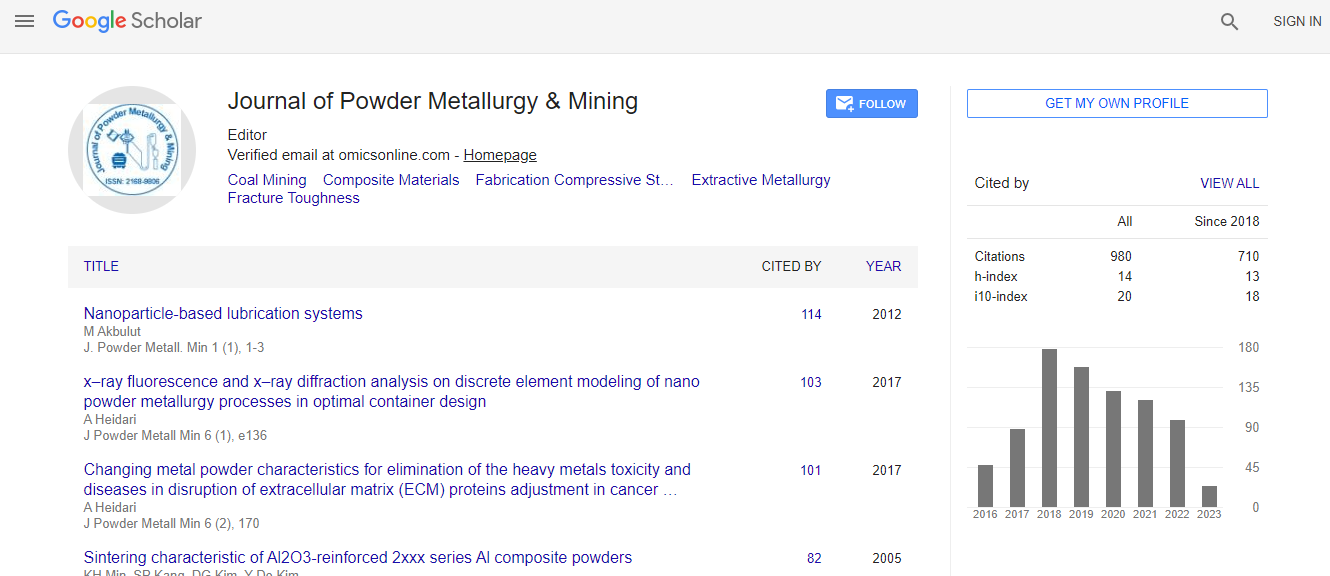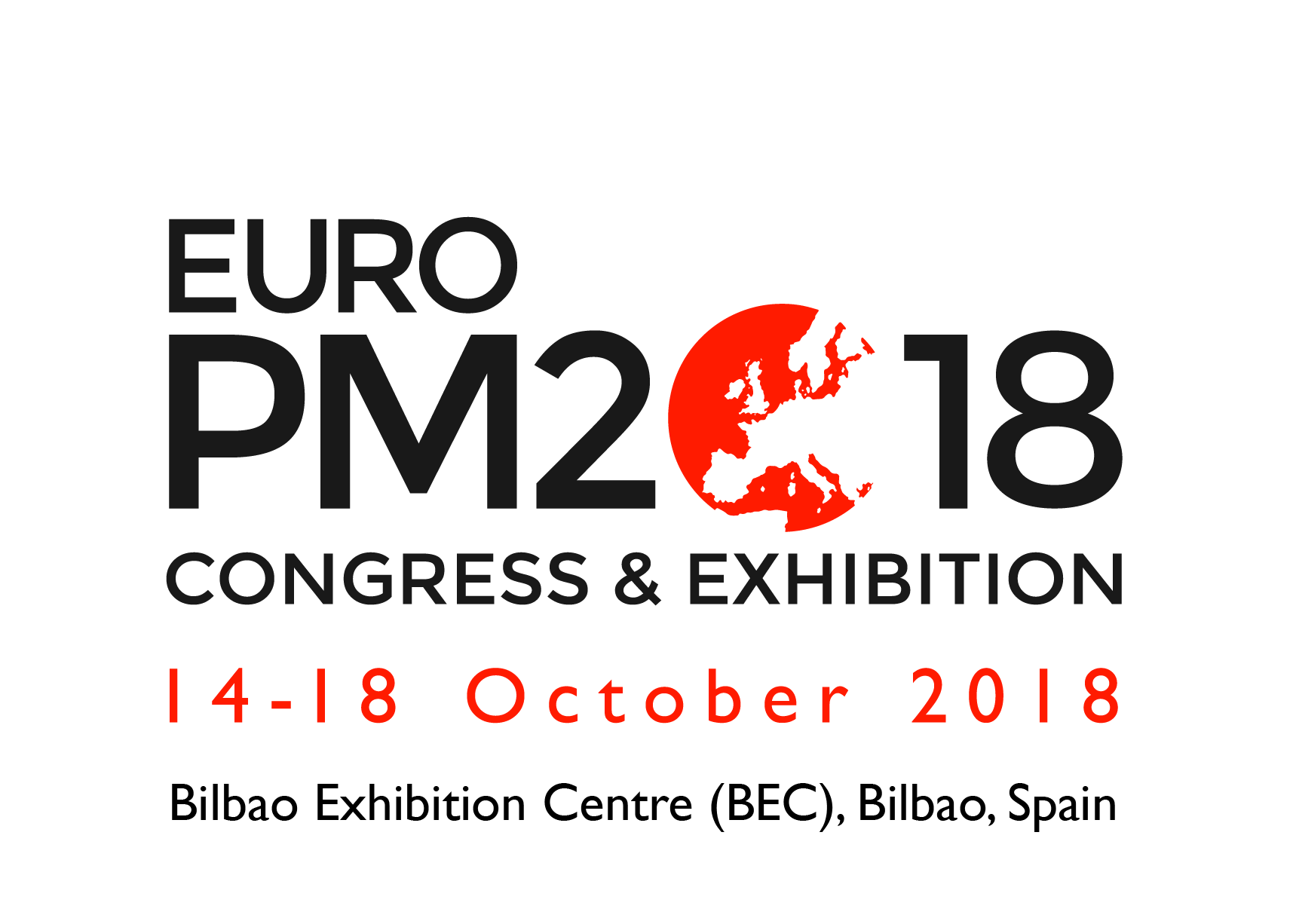Review Article
Review and Analysis of Powder Prior Boundary (PPB) Formation in Powder Metallurgy Processes for Nickel-based Super Alloys
Bai Q1*, Lin J1, Tian G2, Zou J2 and Dean TA31Department of Mechanical Engineering, Imperial College London, London SW72AZ, UK
2Beijing Institute of Aeronautical Materials, Beijing 100095, China
3Departments of Mechanical Engineering, University of Birmingham, Birmingham B15 2TT, UK
- *Corresponding Author:
- Bai Q
Department of Mechanical Engineering
Imperial College London, London SW7 2AZ, UK
Tel: +44 (0)20 75949078
E-mail: q.bai08@imperial.ac.uk
Received Date: January 01, 2015; Accepted Date: March 31, 2015; Published Date: April 07, 2015
Citation: Bai Q, Lin J, Tian G, Zou J, Dean TA (2015) Review and Analysis of Powder Prior Boundary (PPB) Formation in Powder Metallurgy Processes for Nickelbased Super Alloys. J Powder Metall Min 4:127. doi: 10.4172/2168-9806.1000127
Copyright: © 2015 Bai Q, et al. This is an open-access article distributed under the terms of the Creative Commons Attribution License, which permits unrestricted use, distribution, and reproduction in any medium, provided the original author and source are credited.
Abstract
Powder metallurgy of nickel-based super alloys have been developed and used for a wide range of products, owing to their excellent high temperature rupture life, creep strength and fatigue crack growth resistance. Typical processes for high performance PM super alloys include hot isostatic pressing (HIPing), hot extrusion and hot isothermal forging. Hot isostatic pressing is normally conducted at a high temperature by using metal forming standards at low pressure for a long time. However an intrinsic problem, i. e. powder prior boundary (PPB) precipitate networks, can occur in the HIPing process. In this paper, a comprehensive review of PPB formation in the powder metallurgy of super alloys is presented. Research on PPB formation process from room temperature to high temperature and during HIPing, has been reviewed and PPB formation mechanisms are discussed. Methods to reduce PPB effects on the mechanical properties of nickel-based super alloys, including heat treatment, changing the proportions of composition elements, and plastic deformation to break up the PPB networks, are reviewed.

 Spanish
Spanish  Chinese
Chinese  Russian
Russian  German
German  French
French  Japanese
Japanese  Portuguese
Portuguese  Hindi
Hindi 

